William I. Ludlow started inventing his composing machine in 1904. The Ludlow Typograph Company of Chicago eventually manufactured it in 1912.
The Ludlow was a semi-mechanical composing machine; there was a casting unit but no keyboard and it allowed the printer to produce all the typefaces he needed. It was a simple machine that utilised the advantages of hand-setting and slug composition but with none of the disadvantages.
The Ludlow comprised a casting mechanism, matrices, matrix cabinets, a matrix stick, and universal spaces. The matrices were assembled and justified by hand in the stick. The lines of matrices were secured into a groove on the top of the machine and metal was automatically forced into the mould and matrices to form a slug. The slug was cooled by water, ejected from the matrices and pushed out on to a galley. Whilst this was being done, the compositor would replace the matrices by hand back in to the case. When all the lines were cast they were spaced and made up into the job. A simple job could be made up while the rest of the material was being set, so that while the last line was being cast the job was being made up.
The Ludlow composing machine was suitable for general jobbing and display work, and was often to be found in newspaper and publishing houses. Its advantages were that matrices could be assembled, spaced and justified faster than foundry type, and that it produced an unlimited supply of new typefaces. It generated savings in time and economy whilst producing typefaces of the highest quality.
Caroline Archer-Parré
First published by Print Week as part of a series of columns entitled ‘Prints Past’

